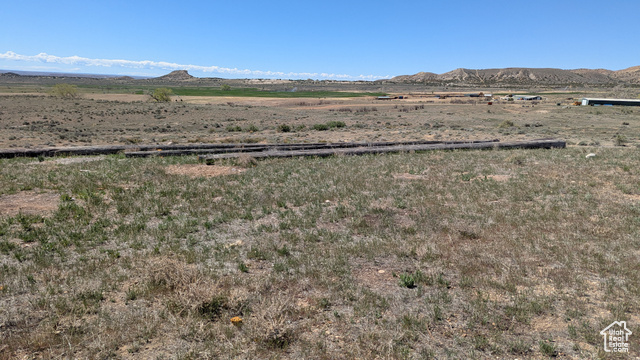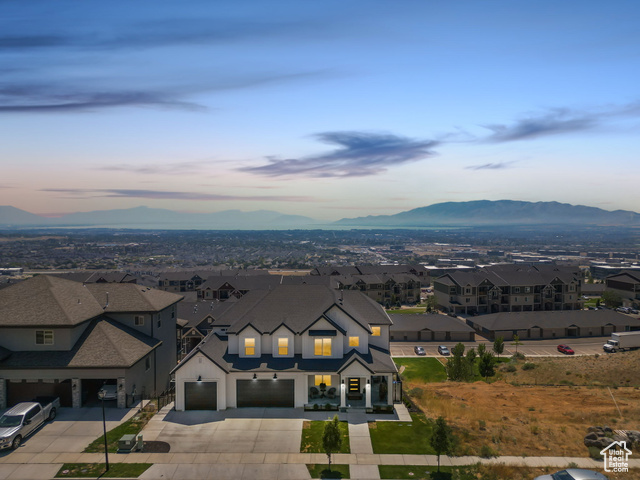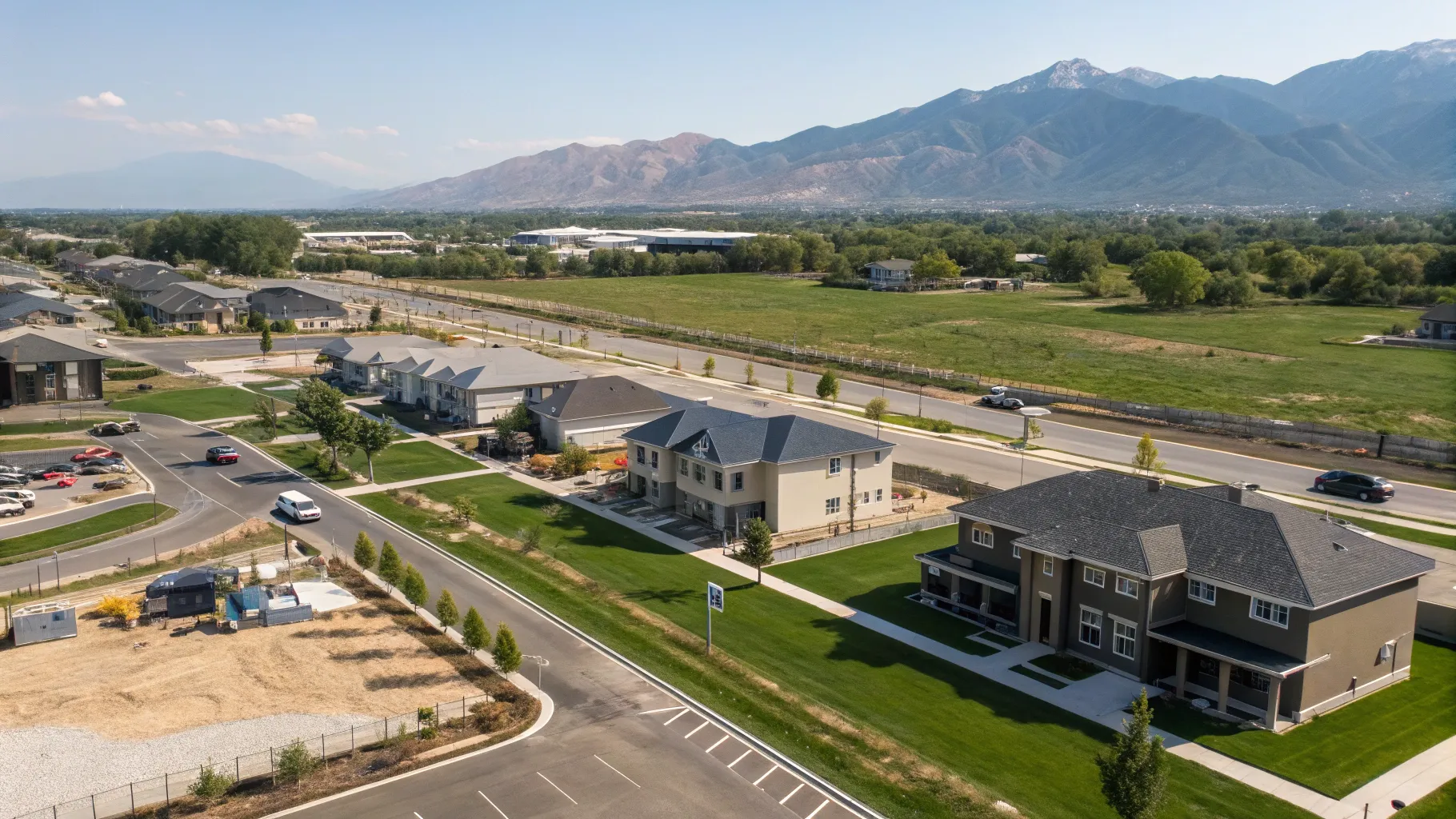Understanding the difference between title and deed is essential for anyone involved in Utah real estate, whether purchasing a starter home in Salt Lake City, investing in a rental property near St. George, or closing on a mountain property in Park City.
Church buildings represent a community's dedication and history. A structure that houses worship, gatherings, and community events, the integrity of a church relies heavily on its roofing system.
Aesthetics aside, church roofing protects against environmental elements. Be it rain, snow, wind, or sunlight, a high-quality roof protects from costly damages and preserves the emotional and financial investment made by the congregation. Learn more about the significance of roofing systems in maintaining these cherished places.
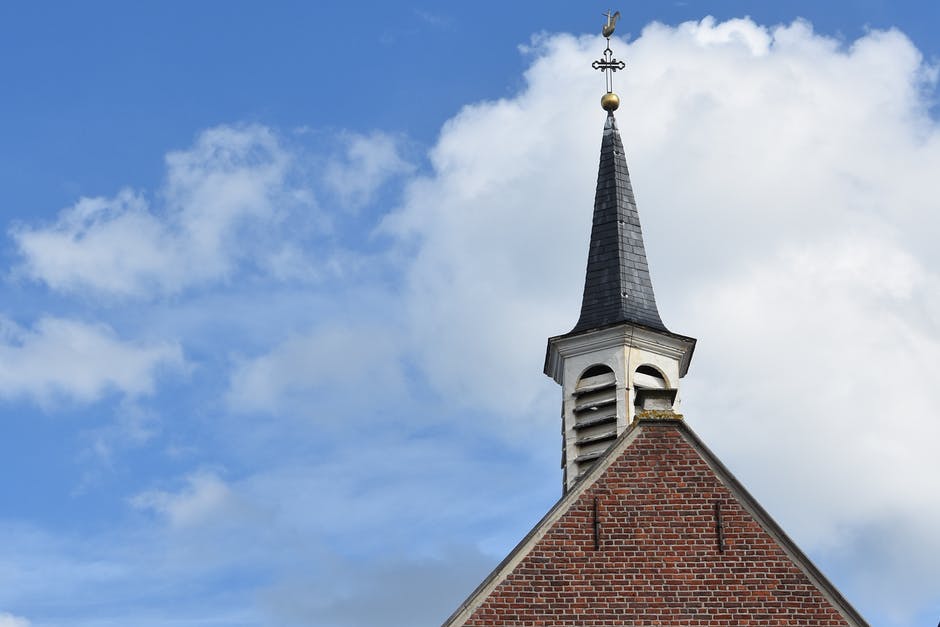
Understand the Importance of Roofing Systems
The roofing system of a church protects everything beneath it, including valuable assets and the congregation itself. Without a reliable roofing system, churches become vulnerable to water infiltration, mold growth, and structural damage. These issues can compromise the aesthetic appeal of the building and its safety. In many cases, church roofs require regular inspections to catch potential problems before they escalate into costly repairs.
An effective roofing system can contribute greatly to reducing heating and cooling costs, benefiting the church financially in the long term. Roof materials can influence the energy efficiency of the building. Churches should consider how roofing affects interior spaces during renovations or new constructions.
Choose the Right Roofing Materials
When selecting roofing materials for churches, look into the local climate, architectural design, and historical significance of the building. The most common roofing for churches is made of asphalt shingles, metal, clay tiles, and slate. Asphalt shingles offer affordability and easy installation, a popular choice for many congregations. Metal roofing has gained popularity for its longevity and durability. It's mostly used in areas with high wind or snowfall. Clay tiles lend a classic and timeless appeal, seen in more traditional church architecture. Slate offers unparalleled durability and a beautiful finish. Whatever material is chosen, consult with experts who specialize in church roofs and provide insights on what would suit best for that specific architectural and environmental conditions.
Regular Maintenance Practices
Regular inspections should be scheduled at least twice a year and after severe weather events. During these inspections, missing shingles, rust spots, or water pooling should be identified early. Timely repairs can extend the roof's lifespan and prevent larger problems that could incur high costs.
Clogged gutters can cause water backup and damage the roof, the foundation, and the walls of the building. Clear debris from gutters so that all drainage systems are directing water away from the structure. Scheduling professional cleanings can be an effective way to maintain the roof. An established maintenance routine will prolong the life of the roof and improve the building's safety and integrity.
The Role of Proper Ventilation
Adequate ventilation regulates temperature and moisture levels beneath the roof and prevents the buildup of harmful elements. Insufficient ventilation can lead to heat accumulation, which causes shingles to wear prematurely and may even result in condensation. Those responsible for installing or maintaining church roofs should guarantee that ventilation systems are designed to be efficient. Ridge vents and soffit vents work in tandem to improve airflow and promote a cooler environment for the roof and the building. Without proper ventilation, heating, and cooling systems can become overstressed and diminish indoor air quality.
The functionality of insulation heavily relies on good ventilation. Insulation's effectiveness declines with inappropriate airflow and impacts energy conservation. Churches can improve indoor comfort and increase the lifespan of their roofing systems.
Protecting Historical Structures
Churches are significant historical landmarks that need to be preserved the right way. Roofing replacement or restoration should align with historical accuracy. Overly modern renovations may clash with the building's historic aesthetic. Specialized contractors who understand the intricacies of historical restoration can provide insights into the best methods and materials for such projects.
Regular inspections can identify potential issues and inform restoration efforts. Understand local regulations regarding preservation and help churches navigate the complexities of maintaining historical structures effectively. Engaging the community in discussions about preservation garners support and reinforces the congregation’s commitment to maintaining its shared heritage.
The Financial Impact of Roofing Solutions
Investing in high-quality roofing solutions for churches frequently generates substantial long-term savings. Upfront costs might be higher, but the benefits gained from reduced maintenance and energy expenses quickly offset initial expenditures. A robust roofing system that is installed correctly lasts longer and protects the church's interior. In many cases, churches can seek financial assistance for roofing projects to alleviate costs.
Regular assessments and proper scheduling of any necessary roofing work can mitigate the financial impact on the church’s operating budget. Careful planning can ease budget constraints and allow for thoughtful investments in church infrastructure that maintain community spirit and protect their historical legacy.
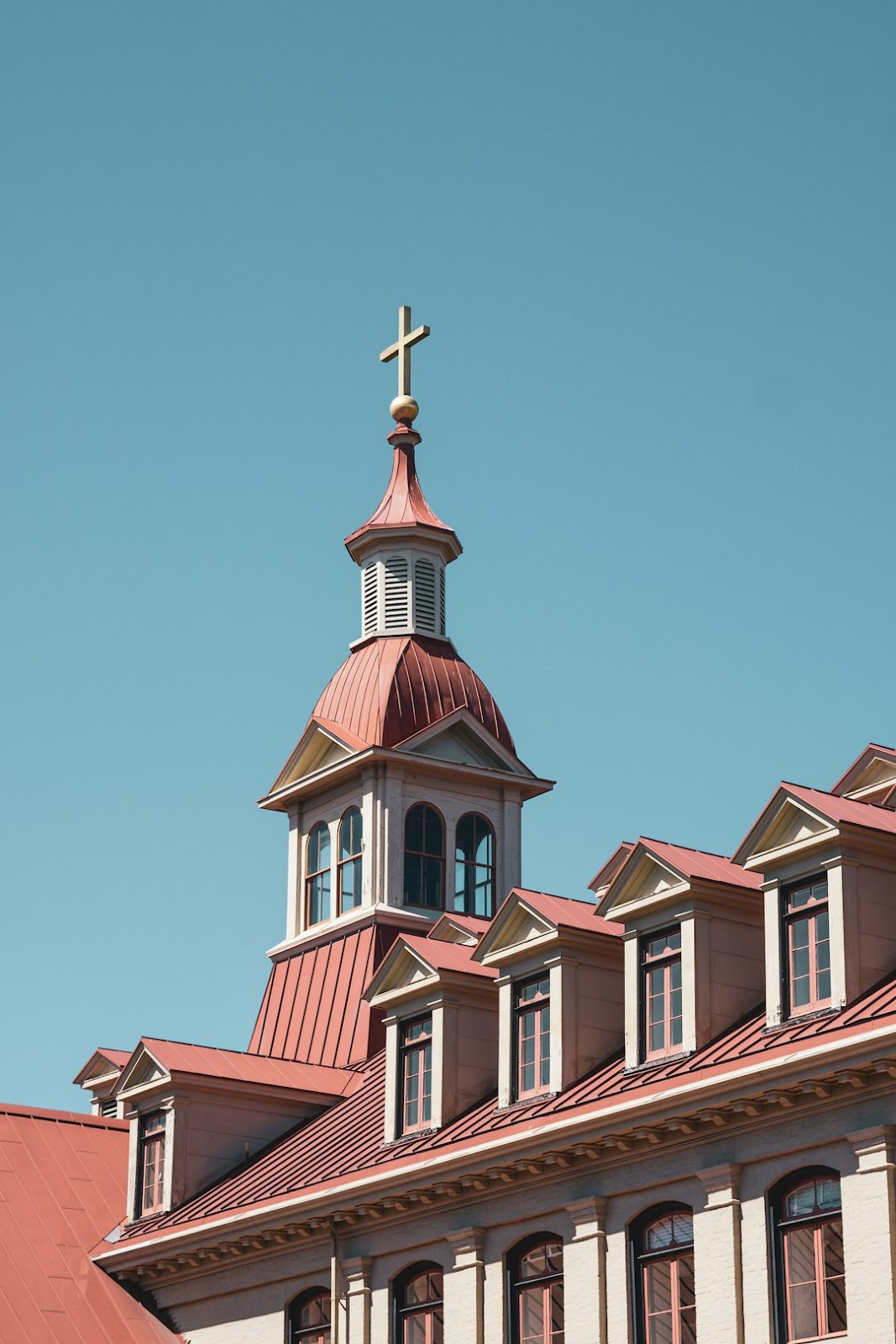
Proactive planning and community involvement guarantee that these essential structures remain protected, functional, and stunning for years ahead. A well-maintained roof reflects a congregation's values, care, and commitment to preserving a treasured space for worship and gathering.


